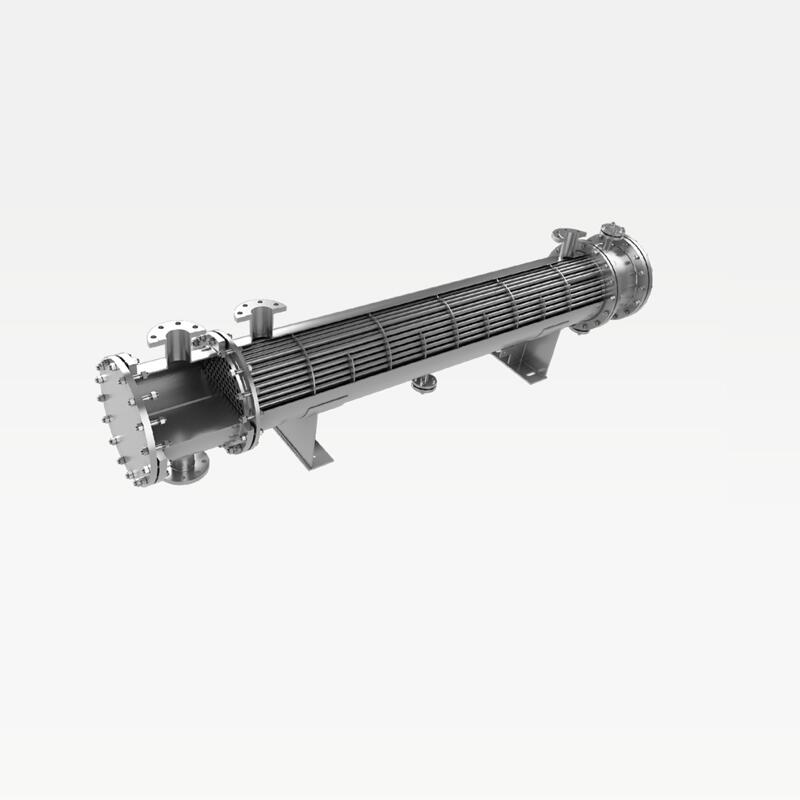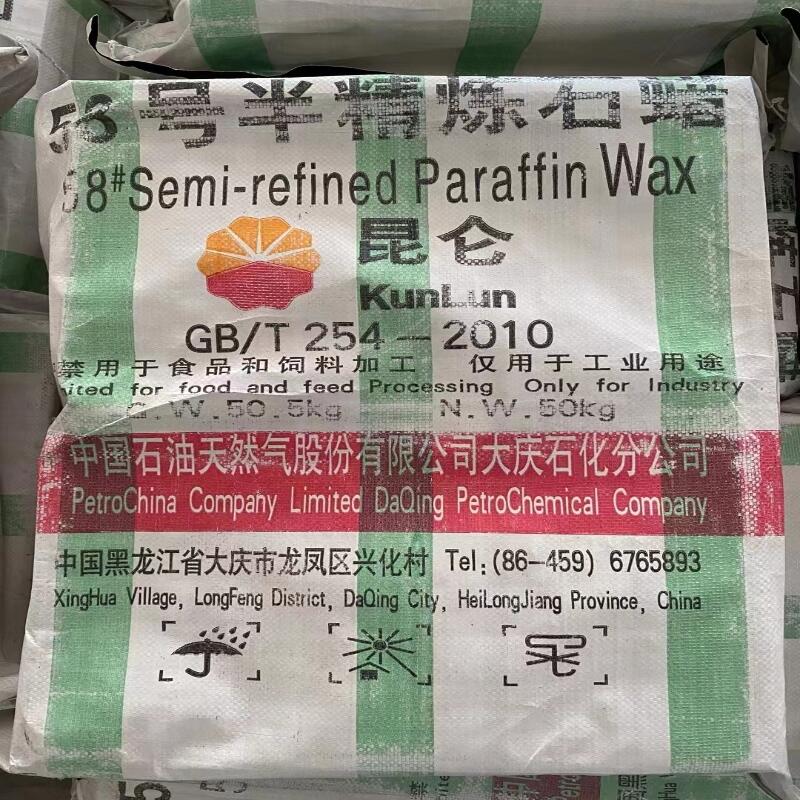-
Categories
-
Pharmaceutical Intermediates
-
Active Pharmaceutical Ingredients
-
Food Additives
- Industrial Coatings
- Agrochemicals
- Dyes and Pigments
- Surfactant
- Flavors and Fragrances
- Chemical Reagents
- Catalyst and Auxiliary
- Natural Products
- Inorganic Chemistry
-
Organic Chemistry
-
Biochemical Engineering
- Analytical Chemistry
-
Cosmetic Ingredient
- Water Treatment Chemical
-
Pharmaceutical Intermediates
Promotion
ECHEMI Mall
Wholesale
Weekly Price
Exhibition
News
-
Trade Service
Solvent naphtha, also known as petroleum naphtha, is a byproduct of the petroleum refining process.
It is a low-cost, light hydrocarbon solvent that is used in a variety of applications, including as a cleaning agent, as a diluent in the production of lubricants, and as a solvent in the production of chemicals.
One of the most important uses of solvent naphtha is as a raw material in the production of various chemicals.
In particular, it is used as a solvent in the manufacture of ethylbenzene and styrene, which are important building blocks for the production of a wide range of chemical products, including plastics, fibers, and detergents.
The synthetic routes of solvent naphtha typically involve the use of a variety of chemical processes, including catalytic cracking, ethylene steam cracking, and fluid catalytic cracking.
These processes involve the breaking down of larger hydrocarbon molecules into smaller, more useful components, such as ethylene and propylene.
These smaller components can then be used as building blocks for the production of a variety of chemicals and materials.
One of the most common synthetic routes for solvent naphtha is through catalytic cracking.
This process involves the use of a catalyst, such as a metal or a mineral, to break down larger hydrocarbon molecules into smaller, more useful components.
The catalyst is heated to extremely high temperatures, causing the hydrocarbons to crack into smaller molecules.
The result is a mixture of hydrocarbons that can be further processed to produce ethylbenzene and styrene.
Another common synthetic route for solvent naphtha is through ethylene steam cracking.
In this process, solvent naphtha is heated to high temperatures in the presence of steam.
The heat causes the hydrocarbons in the solvent naphtha to crack into smaller components, including ethylene and propylene.
These smaller components can then be used as building blocks for the production of a variety of chemicals and materials.
Finally, solvent naphtha can be synthesized through fluid catalytic cracking.
This process involves the use of a fluidized bed of catalyst particles, which is heated to high temperatures.
The solvent naphtha is passed through the bed of catalyst particles, causing the hydrocarbons to crack into smaller components.
The result is a mixture of hydrocarbons that can be further processed to produce ethylbenzene and styrene.
Overall, the synthetic routes of solvent naphtha are complex and involve the use of a variety of chemical processes.
However, they are essential to the production of a wide range of chemicals and materials that are used in a variety of industries, including the production of plastics, fibers, and detergents.
As such, the synthetic routes of solvent naphtha play a critical role in the chemical industry and will continue to do so in the future.







